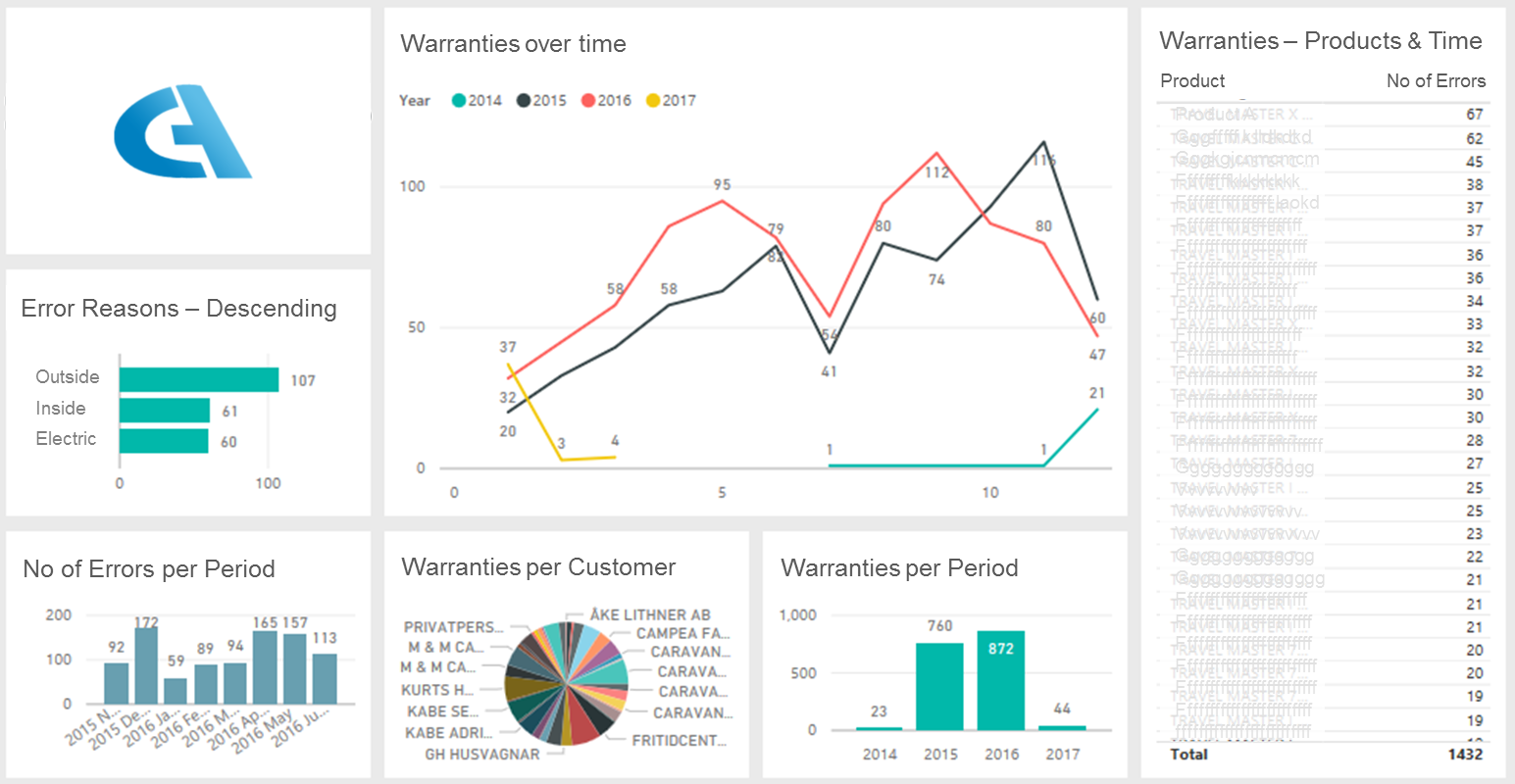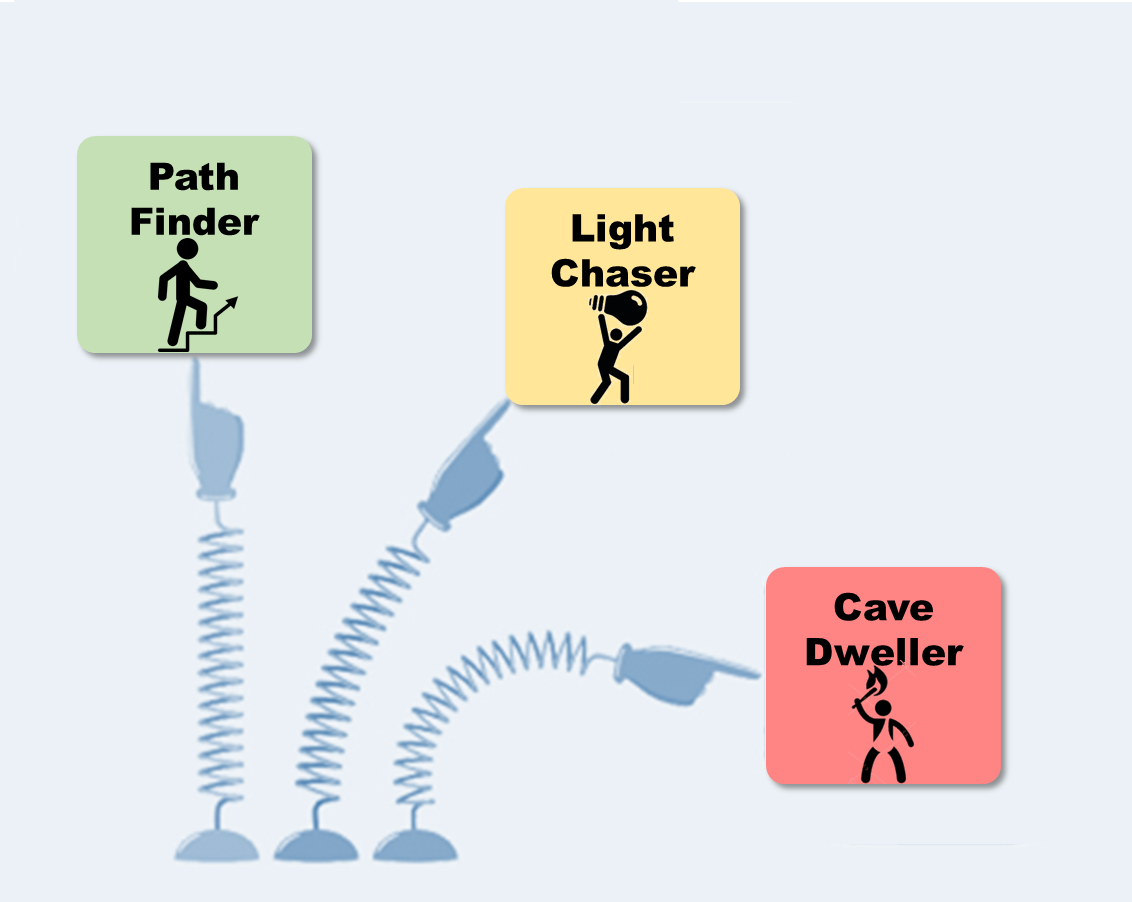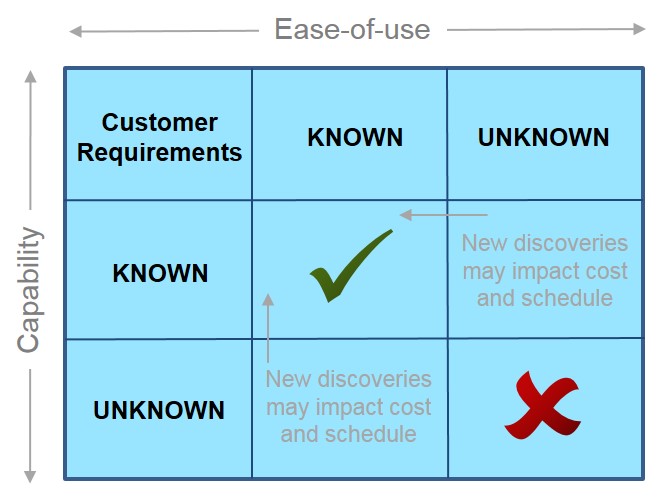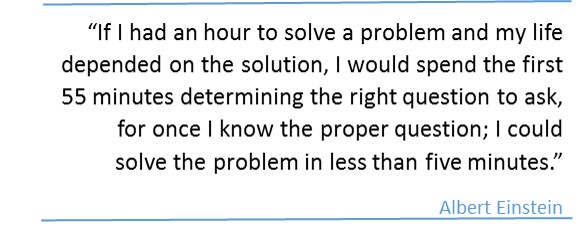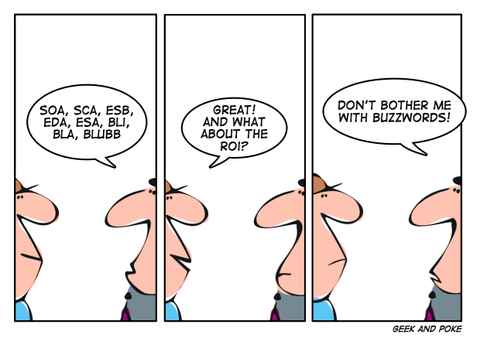With 2018 upon us, it is time to dust off the crystal ball and foresee what will happen in the world of business applications the year ahead. Numerous new digital technologies are facing their breakthrough. As great as they are, the strongest drivers for 2018 will still be the ones we already know about but have not yet been properly combined.
Future business success requires a new roadmap. Google’s 2017 input search data revealed that “how” was the most popular type of question asked by internet users when people were looking for answers on how to get help and make a difference in what they wanted to achieve. If you want to make your business applications much better, this is how to go about:
Fit for Purpose
A business application that is fit for purpose is just right to do the job it was designed to do. Purpose refers to the reason for which the solution exists. Fit means being adapted to that end. Fit for purpose applications are built in the cloud for simplicity, scalability, lower total cost of ownership, and flexibility to improve constantly.
Investments in fit-for-purpose apps provide ROI through a repeated pattern. The sooner you have it, the longer time you will enjoy the benefit of recurring returns. The payback from your first investment is only part of the equation; again and again, the benefit will show on your bottom line.
Leave Your Legacy
The pace of change may not be as forceful in all industries, but it would still be hard to find a company that is immune to software technology innovation.
In a world where your business capabilities cannot be separated from its enabling technology, you either leave your legacy or disrupt. Your legacy – which includes apps that were developed just a couple of years ago – are now out of date.
Extreme Speed
When processing data – which enterprise computing essentially is about – extreme speed is what counts. In-memory database technology spiced with artificial intelligence makes it happen. When not organizing and storing data in the traditional way you gain enormous performance. With data in RAM, close to the CPU, you never have to move it; data is available up to 10 000 faster than before.
Because of the speed, data aggregates can be scrapped, and the program structure is changed so radically that apps need to be redesign and rewritten. As a result, they become faster, smaller and nimbler. This has been well demonstrated, for example by Starcounter. Founding an app on an in-memory database does not only make it faster, but it also means less code, enhanced transparency, and a much smaller data footprint.
Progressive Web
At first glance, there may not be any immediate connection between the in-memory database and the user interface. But it really is. With simplification, elastic data, and response times close to zero there is vast potential for improved user experiences – in a way that is far away from just putting new lipstick on a tired old dog.
The saying ‘from the users’ perspective, the user interface is the application’ is still true – so selecting the best user interface technology is critically important.
Progressive web apps are beautiful and useful to users from the very first visit in a browser tab, no install required. As the user progressively builds a relationship with the app over time, it becomes more and more powerful. It loads quickly, even on flaky networks, sends relevant push notifications, has an icon on the home screen, loads as a top-level resource providing a full screen experience on all devices from PCs to wearables.
Yes, to build a progressive web user interface you need knowledge of universal standards such as HTML, CSS and, Java Script, but they are relatively easy to learn and maintain as the result is both readable and flexible.
Moving to the next application generation will be liberating
Business will be much faster and easier. Organizations become more productive. People are engaged. Improvements can happen at the pace of business needs instead of fighting against peculiarities of antiquated software and architectures.
To compete at the speed of digital, you need to unleash your people and the four driving forces presented in this article. If you want to move fast, learn from those who know how you can make a giant leap with a stepwise approach!



